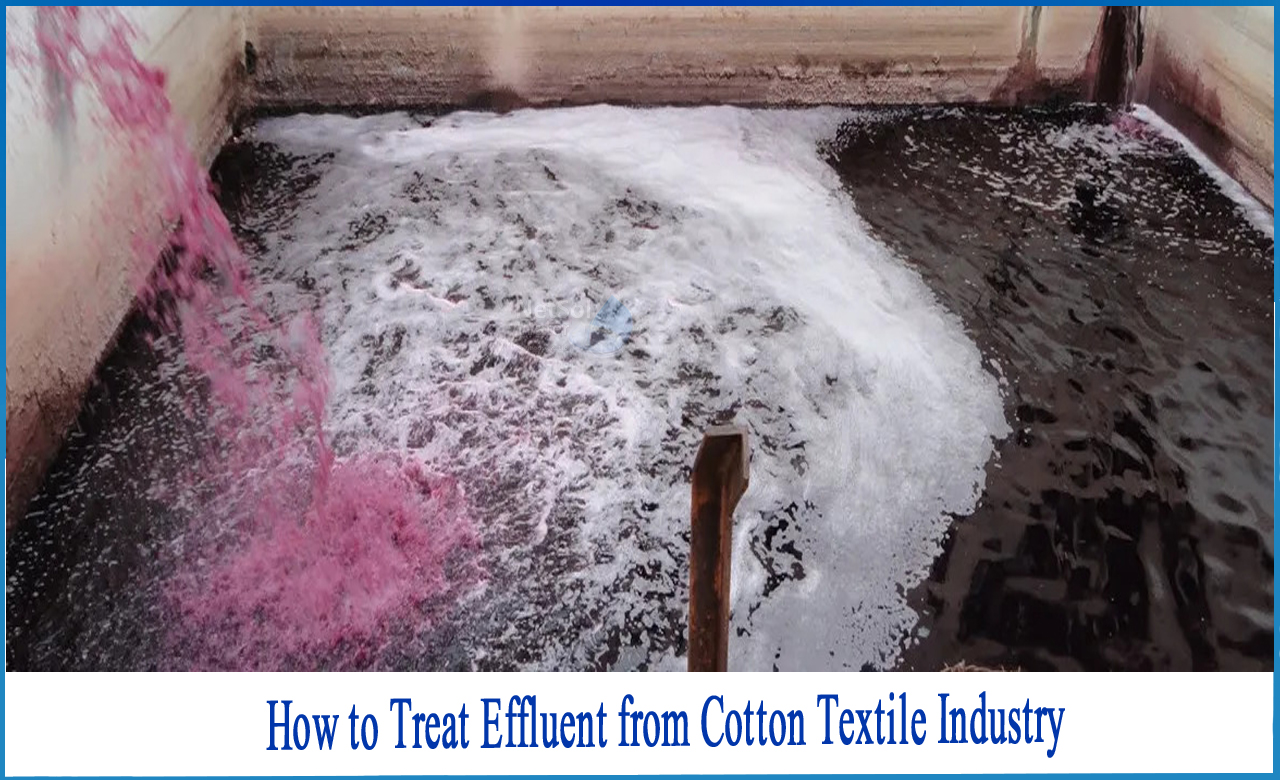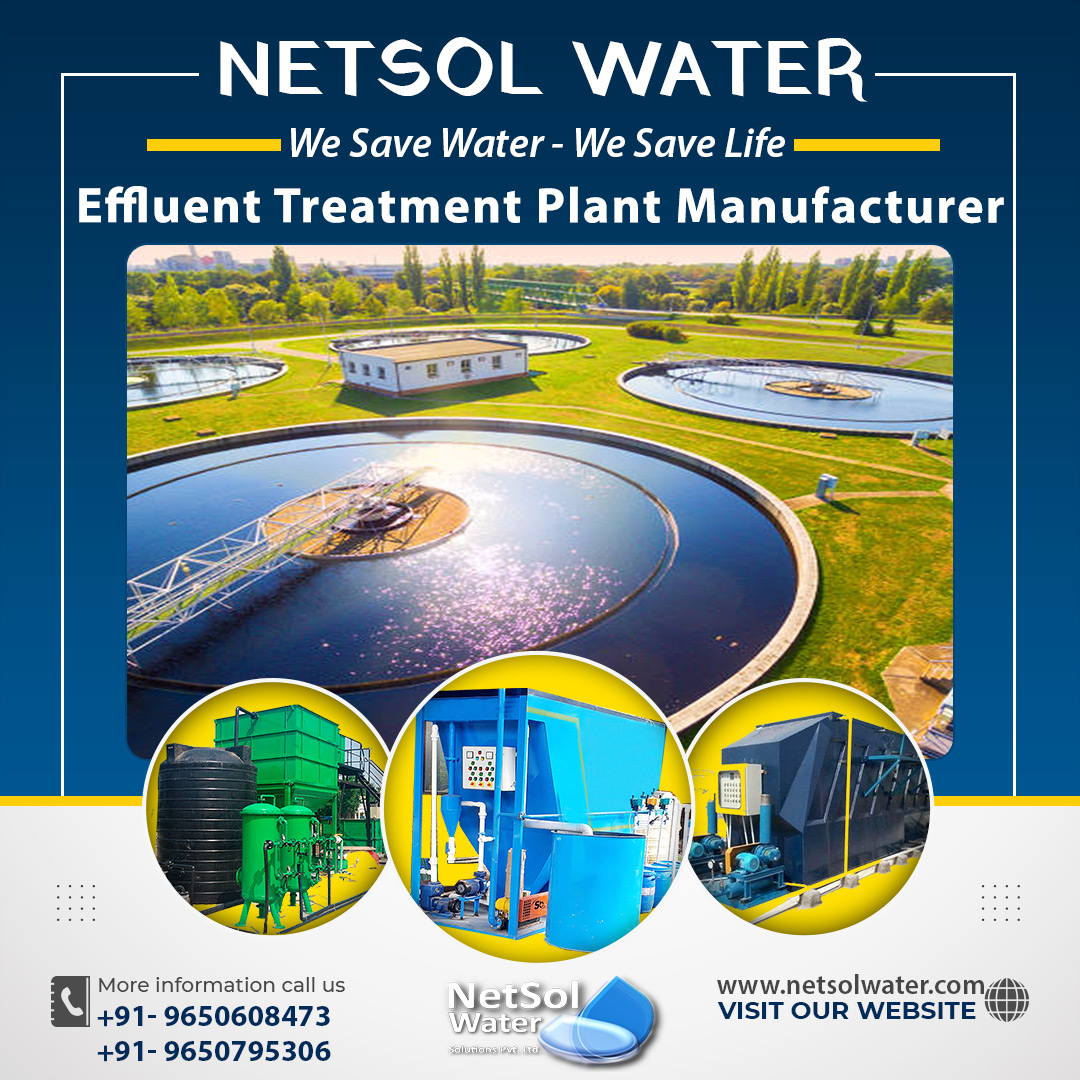Introduction
Cotton is a remarkable fiber that humans have used for almost 8,000 years. No other material even comes close to replicating all of cotton's excellent features. It is a natural fibre. The cotton textile industry is made up of a wide and fragmented group of businesses that manufacture and/or process textile-related items (fiber, yarn, and fabric) for use in clothing, home furnishings, and industrial goods.
Contaminants produced by cotton industry effluent
The textile industry produces a wide range of pollutants at all phases of production. Cotton textile industry effluent is characterized as strong wastewater, which contains a variety of contaminants.
Heat, basicity, biodegradable organic matter, organic and inorganic matter, high concentrations of dissolved and colloidal particles, and suspended solids are all substantial pollutants. Heavy metals including Fe, Mn, Cu, Pb, Cr, Cd, Zn, and Ni are found in smaller amounts. The volume of water discharged and the chemical load it contains are the key environmental concerns in the cotton textile business.
How to treat effluent from cotton textile industry?
There are several ways for treating wastewater effluents created by the cotton textile industry, including biological, physicochemical, advanced oxidation processes, adsorption, and nano-filtration. Electrochemical processes like electro-flotation, electro coagulation, and electro-oxidation have also received a lot of interest. While many physical and chemical methods result in incomplete degradation, and a number of laboratories are investigating the ability of bacteria, fungi, and algae to remove colour, they do not find much application in industrial effluent treatment systems due to the heterogeneity of the components in effluents that varies depending on production schedule.
Why is biological treatment considered effective in treating effluent from cotton textile industry?
Biological treatment of effluents offers unique advantages over traditional physico-chemical treatment procedures in that it is less expensive and results in less accumulation of generally harmless sludge. Biological treatment (aerobic or anaerobic) is widely thought to be the most effective means of removing the majority of hazardous contaminants from complicated and high-strength organic wastewater. Microorganisms are also known to play a role in the mineralization of biopolymers and xenobiotic substances that are resistant to mineralization.
Aerobic treatment, anaerobic treatment, and combination of anaerobic–aerobic treatment are the three basic categories of biological colour removal processes used in the textile and dyestuff production industries.
What are the latest biological methods of treating effluent from cotton textile industry?
Biological treatment is the most cost-effective and environmentally friendly method. Some of the treatment methods used in cotton textile industry are:
1. Activated sludge is a method for removing up to 90% of oxidizable chemical removal rates.
2. Biological aerated filters, in which organisms grow on stationary media and are subjected to aeration during normal operation. To treat wastewater from cotton textile industry, several BAF-based systems have been developed.
3. Trickling filter used for effluent treatment of cotton industry indicate BOD removal in the range of 90-95%.
4. Oxidation Ditch which operates on extended aeration principle is reported to be suitable for secondary treatment of cotton industry wastes.
5. Aerated lagoons are quite efficient for treatment of cotton textile wastes. The BOD removal efficiency is in the range of 78-95%.
What do we offer?
Netsol Water is a renowned producer of water and wastewater treatment plants. Based on client feedback and job quality, we are the most demanding organization in the water industry. We have a reputation for being the top commercial RO plant manufacturer, industrial RO plant manufacturer, sewage treatment plant manufacturer, effluent treatment plant manufacturer, and much more. Aside from that, our USP is 24x7 customer assistance.




